An introduction to the producing area of Vivette Nan Fruit Coffee in Guatemala the flavor characteristics of Vivette Nan Fruit Coffee
Have you ever had a smoky coffee? You may also wonder why this coffee has a sense of smoke. And it comes with its own! In front of the street coffee, there are two kinds of coffee beans with a sense of smoke, both from Guatemala, one is Vivette Nanguo Coffee, the other is Guatemalan Flower God Coffee.
Maybe when you first drink Guatemalan Vivette Nanguo Coffee, you will wash Yega Chuefei Coffee with Ethiopian water, or Guatemalan Flower God Coffee and Ethiopian Red Cherry Coffee will be a little confused, because both are a little sour, but if you taste it carefully, you will find that Ethiopian coffee is brighter and more sour; Guatemalan coffee is softer, more solid, with a bit of local smoke.
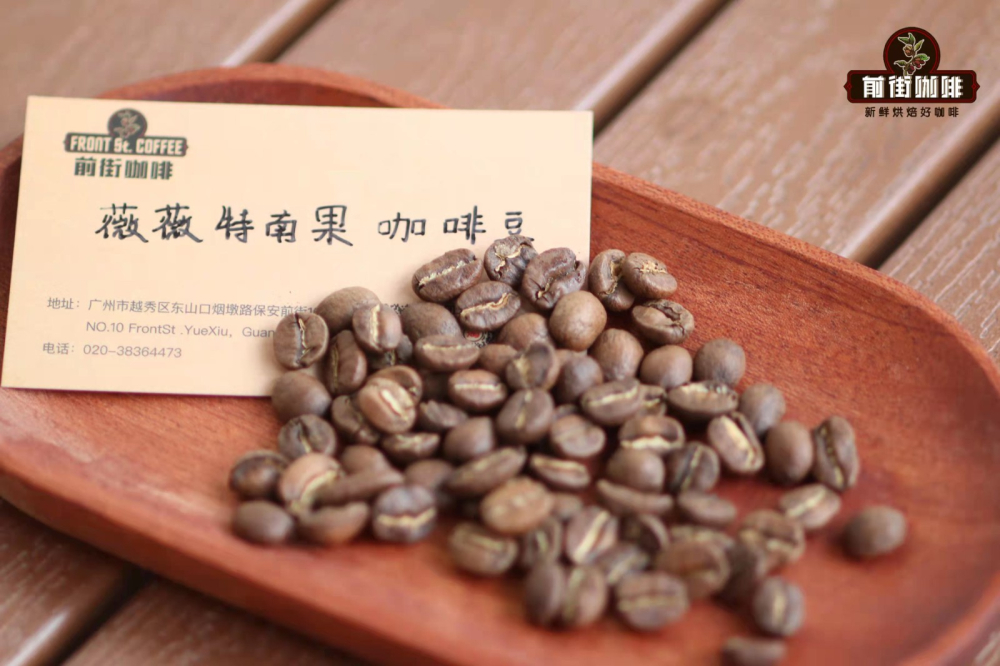
The coffee produced in Guatemala is one of the top coffee in the world, because Guatemala is a high-altitude volcanic terrain, and these volcanoes are the ideal places to grow coffee. Compared with other varieties of coffee, critics prefer this mixed flavor coffee with spicy flavor. The extra hard coffee beans here are a rare good coffee with full grains, delicious taste and balanced acidity. In addition, its giant coffee beans have attracted a lot of attention in Guatemala.
Guatemala Antigua coffee beans are not only smooth, high hardness, good quality, more full-bodied and sour and sweet perfect match, coupled with a trace of smoke, but also emphasize its deep and mysterious.
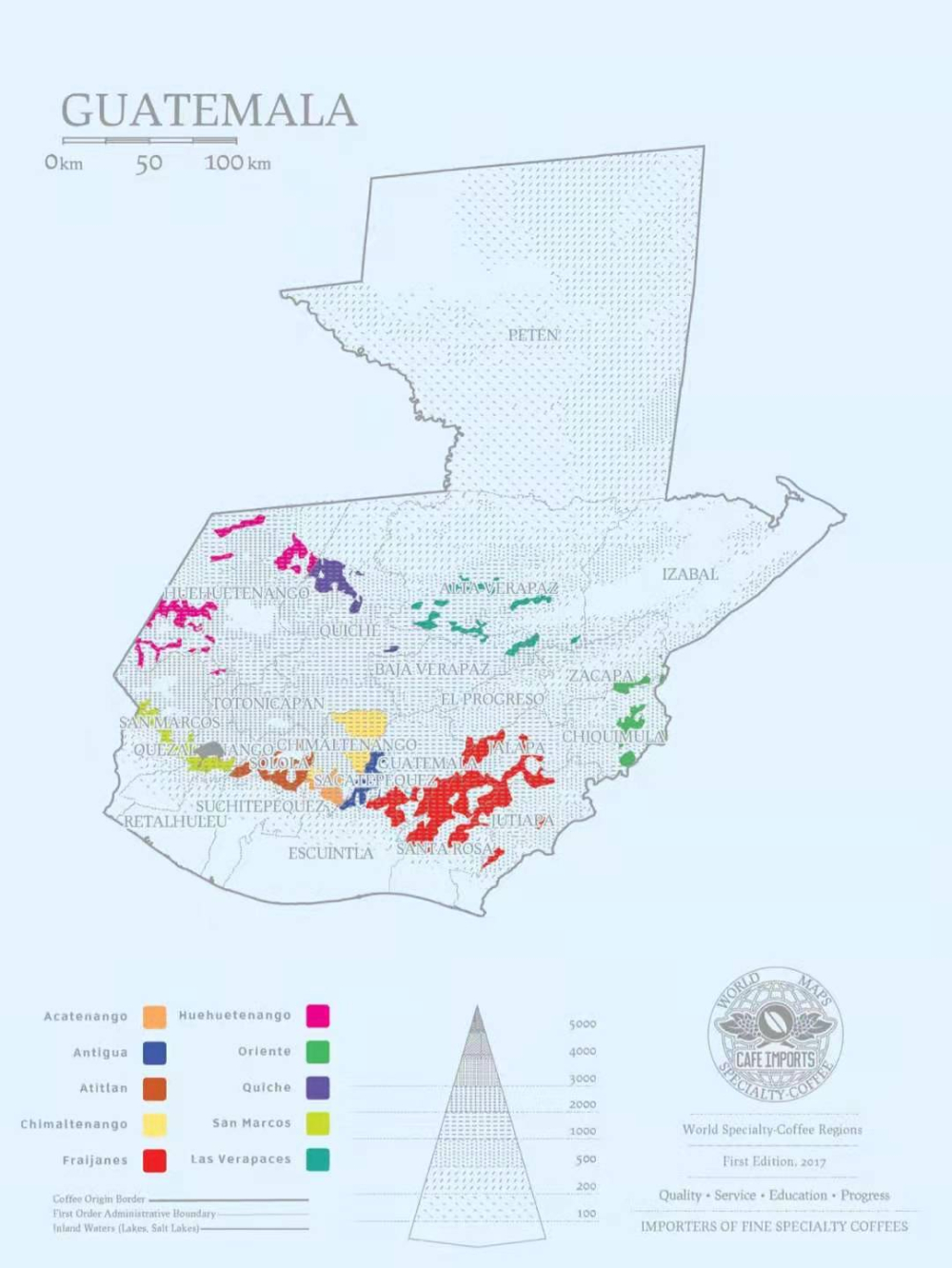
Guatemala is located in the center of North and South America, and its geographical location occupies an important position in Central America. Guatemala covers an area of about 108899 square kilometers. The land features can be divided into plateau volcanoes, lowland tropical forests, volcanic sandy shore plains along the Pacific coast, and virgin lands along the Caribbean Sea. The SierraMadre Mountains of Central America, which straddles Guatemala from east to west, covers an area of about 2GP3 and has 34 volcanoes. In this country, rivers and lakes dot the landscape, while equatorial forests and plain jungles cover the land. There are also untapped volcanic beaches on the Pacific and Caribbean coasts.
Guatemalan climate
Guatemala is located in the tropics, the northern and eastern coastal plains have a tropical rain forest climate, the southern mountains have a subtropical climate, the year is divided into two dry and wet seasons, with the wet season from May to October and the dry season from November to April of the following year. The narrow and fertile flatlands on the Pacific side of Guatemala have a tropical climate. The central plateau is also the cultural center of Guatemala, where temperatures are mild all year round at an altitude of 1300 to 1800 meters, with daily temperatures between 18 and 28 ℃, and higher levels tend to be colder in January and February.
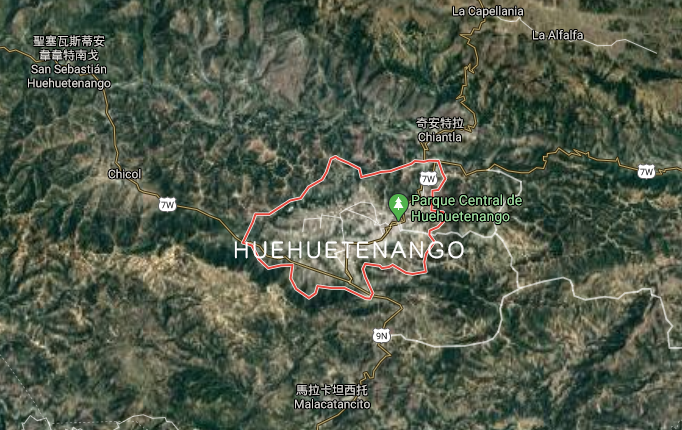
The annual precipitation is 2000-3000 mm in the northeast and 500-1000 mm in the south. The average elevation of Guatemala is high, with coffee belts distributed over 1500 meters and between 14 and 16 degrees north latitude, it is the easiest to grow extremely hard beans, all of which are washed, of which 45% are of high quality, a high proportion, and a small amount of Robusta.
Of the three major non-volcanic coffee-producing regions in Guatemala, the Weitango Highlands has the driest climate and the highest elevation. The dry and hot wind from Mexico's Tehuantepec plateau protects the coffee from frost and can be grown to 2000 meters (6500 feet). Because of its remote location, all coffee farmers have to process their own coffee. Fortunately, there are so many streams in the area that small processing plants can be set up almost anywhere.
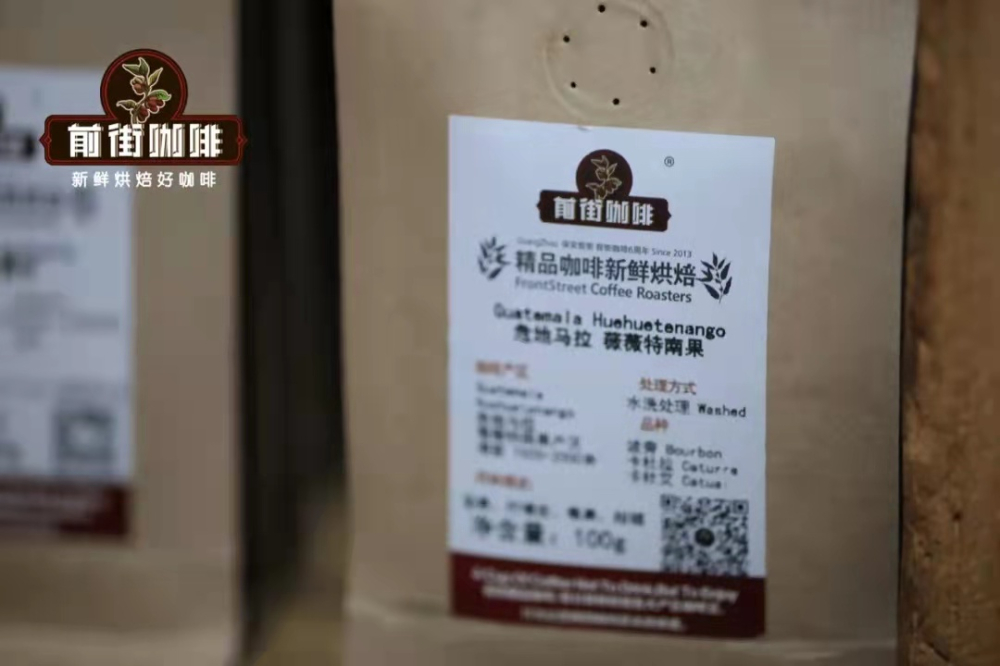
Almost all Guatemalan coffee (98%) is grown in the shade, and most grow coffee in Arabica. The average elevation of Guatemala is high, with coffee belts over 1500 meters and latitudes between 14 and 16 degrees north, it is easiest to grow extremely hard beans.
Coffee growing areas in Guatemala include: Antigua, Vivette Nanguo, Copan, San Marks, Artitland, Arcatel Nanguo, Farhanis, New Oriental.
[Antigua]
Antigua is recognized as the most popular coffee producing area in Guatemala. The soil in Antigua is rich in nutrients, which come from minerals deposited after nearby volcanic eruptions. The Fuego volcano, which is still active today, still retains new minerals, keeping the soil fertile. Rich soil, large amount of Rain Water and stable temperature make the coffee in Antigua famous all over the world. Such as: Guatemalan Flower God Coffee on the front street.
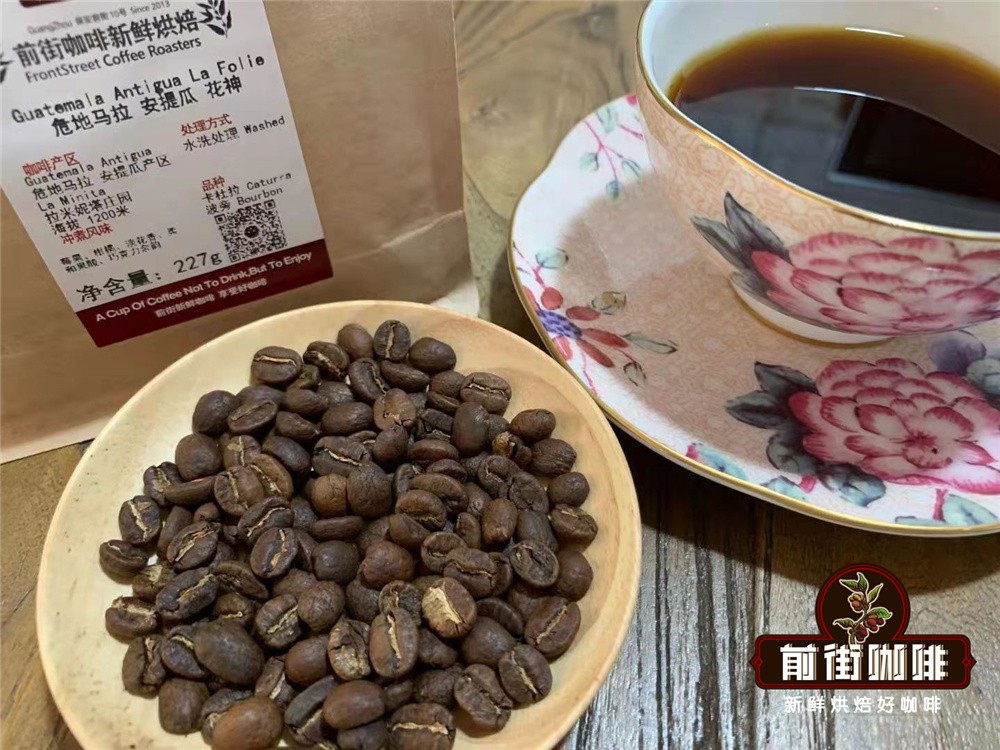
[Vivette Nanguo]
Vivette Nango is an important coffee producing area in Guatemala, and its name is also interesting to pronounce. The name comes from Nahuatl, which means "land of the ancients (or ancestors)." Vivette Nanguo is the highest and driest of the three non-volcanic regions of Guatemala. Although it is more than 2000 meters above sea level, with steep sharp-toothed peaks and narrow valleys, the area receives warm winds from the mountains of the Mexican plain of Tehuantepec, allowing coffee in the area to stay at high altitudes without being ravaged by frost.
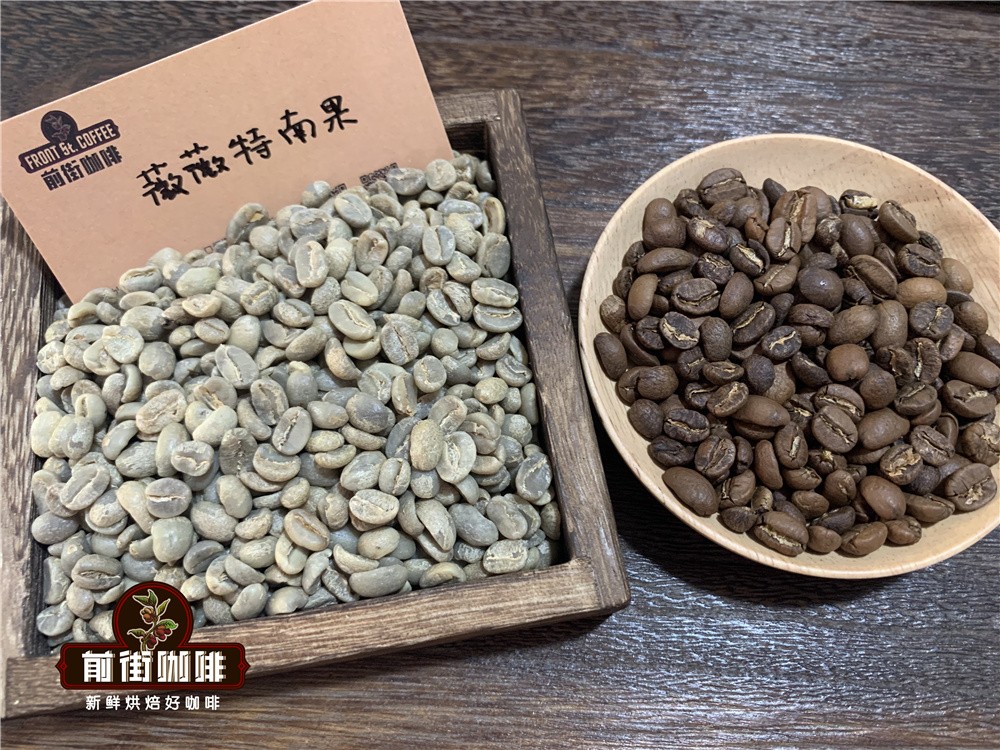
Vivette Nanguo is an extremely remote and alpine terrain, making coffee producers in the area have to deal with coffee beans on their own. Fortunately, the area has numerous river streams, allowing local growers to set up coffee processing plants almost anywhere.
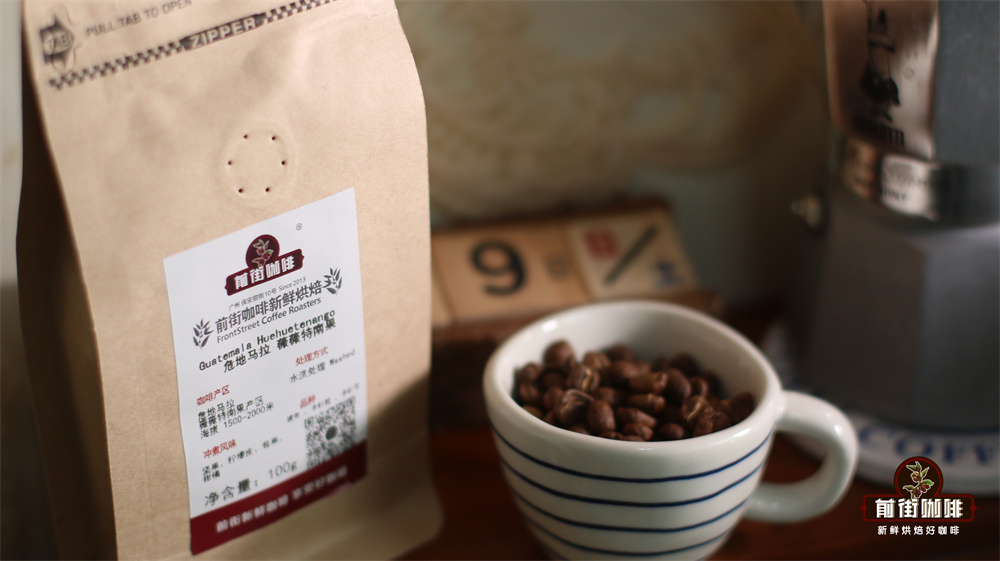
Vivetna coffee not only has a strong chocolate flavor, but also has aromas of pear, apple and cinnamon. These elements combine to form a smooth, syrup-like taste, gradually bringing out mild burning cedar wood and caramel. Most of them have a strong taste and strong aroma, but sometimes they can be very gentle, and the finish is long and rich. Some coffee estates are set up between the mountains, and the unique microclimate helps coffee develop more different flavors.
Treatment method of Guatemala Vivette Nan Fruit Coffee Bean
Due to the large number of rivers and lakes in Guatemala, the Vivette Nanguo region is rich in mountains and water resources, dry climate but abundant water resources, and complete water conservancy facilities in the region, coffee is mostly washed and processed.
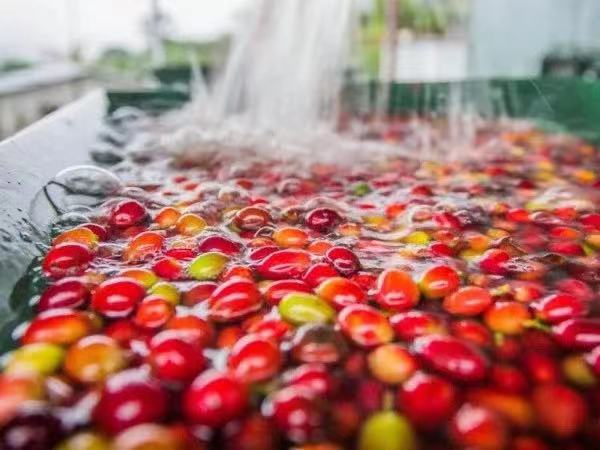
Washing treatment process
1. Harvest. After ripe coffee fruit, first pick out impurities and inferior beans and screen floating beans, so far they are all the same as the sun method.
two。 Remove the flesh. The fresh fruit is sent to the pulp screening machine (pulping machine) to remove the peel and pulp, and the immature fruit will be screened at this stage because it is not easy to separate the pulp. After the pulp screening machine, all that is left is pectin, sheepskin and seeds.
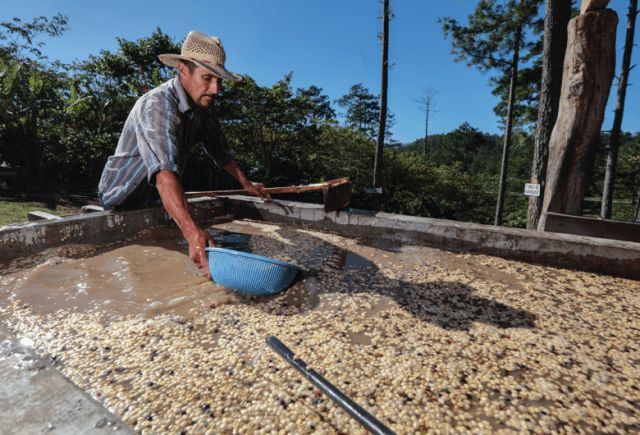
3. Ferment and remove pectin. Transfer the peeled seeds with pectin into the fermentation tank. Although the name is water washing, it does not really wash away the pectin, but through the fermentation process, the pectin is removed by biodecomposition. The fermentation process is about 16-36 hours, during which the pectin must be stirred frequently to accelerate the separation of pectin from the seeds. Water washing fermentation produces acids such as citric acid, malic acid and acetic acid, which seep into raw beans, making the beans sour more sour than in the sun. After the fermentation is completed, it is really washed-- wash the beans again.
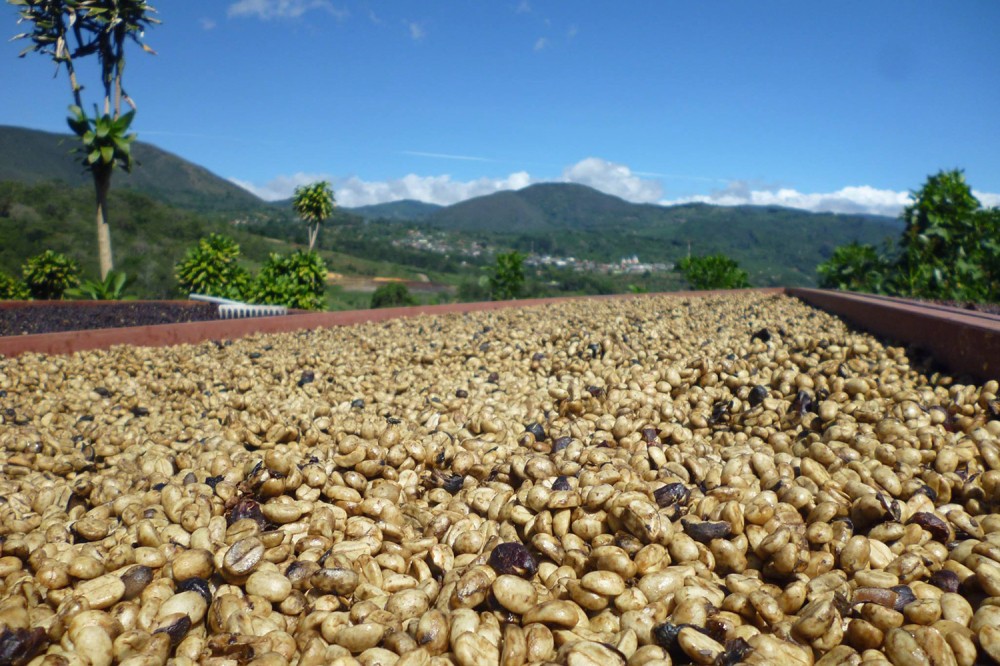
4. Dry. After washing, you also need to be insolated or machine-dried to reduce the water content to 12%. Washing method because the flesh has been removed, so in the drying process, do not have to worry about easy mildew like the sun method. Dried sheepskin raw beans, which are not as hard as the sun-cured peels with pulp, can be obtained by hulling.
Qianjie brewed Guatemalan Vivette Guonan coffee parameters:
In order to reflect the moderate acidity of Vivetna fruit, the tonality of berries and the flavor characteristics of lemon peel and smoke, the roaster of Qianjie Coffee adopted a medium-light roasting degree for Vivetnam fruit. When brewing, Hario V60 is selected to brew. Because of the fast flow rate, the V60 filter cup can make the extracted coffee with distinct flavor and obvious aroma.
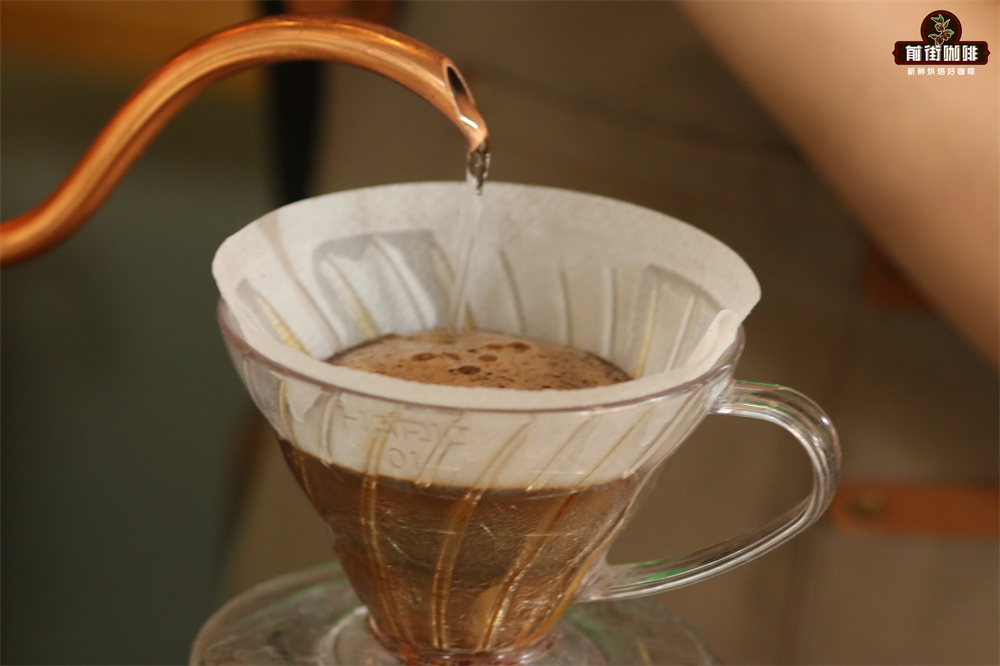
The front street uses a V60 filter cup, a powder-water ratio of 1:15, medium grinding (about the size of coarse sugar / 80% of China 20 standard sieve), and a water temperature of 91 degrees.
The use of segmented extraction, with twice the amount of coffee powder water for steaming, that is, 30 grams of water for 30 seconds, and the reason for the need for steaming process is to make coffee powder can discharge the internal carbon dioxide gas, so that the latter stage of the extraction is better stable. When the small water is injected around the circle to 125 grams, the injection will be stopped until 225 grams, then the filter cup will be removed after the dripping of the filter cup, and the extraction time will be 2 minutes 39 grams. Next, pick up and shake the whole cup of coffee, then pour it into the cup and taste it.
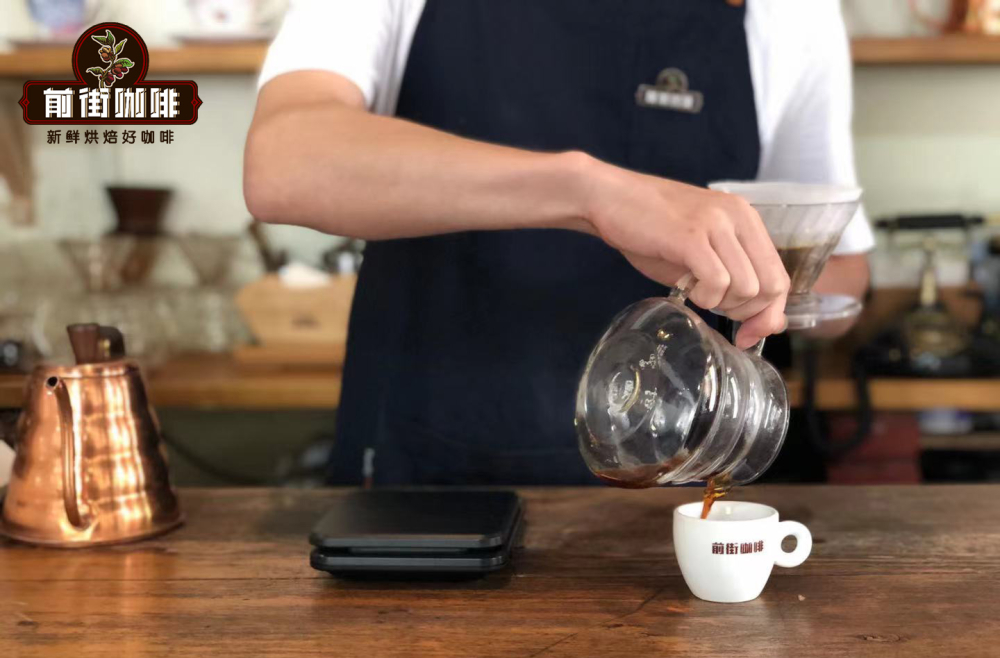
Front Street Guatemala Vivette Nan Fruit Coffee flavor features: citrus and berry acidity, dark chocolate aroma in the middle, with a slightly smoky finish.
The flavor characteristics of Flower God Coffee in Guatemala in the front street: citrus acid, sour juice, rich flower aroma, pleasant sweetness, medium mellow, slight caramel and smoky taste in the back, pure, mild and smooth texture as a whole. the taste is balanced, lively and changeable.
Suggestions for making coffee in front of the street:
For the brewing of coffee, Qianjie has always believed that the freshness of coffee beans has a great relationship with the flavor of coffee, so the coffee beans shipped in Qianjie coffee are roasted within 5 days. The purpose of Qianjie roasting is "freshly roasted coffee", so that every guest who places an order is the freshest coffee when he receives it. The bean cultivation period of coffee is about 4-7 days, so when the guest gets it, it is the time when the flavor is the best.
For those who need to be ground, Qianjie warmly reminds you that if the coffee beans are ground in advance, there is no need to raise the beans, because in the process of transportation, the pressure caused by carbon dioxide in the package can also make the coffee flavor round. so you can drink a cup of coffee as soon as you receive the coffee powder. But the coffee powder needs to be brewed in time, because the coffee powder oxidizes more quickly after contact with the air, that is to say, the flavor of the coffee will dissipate more quickly, and the flavor of the coffee is not so good. Therefore, Qianjie suggests buying whole beans, grinding and flushing now, so that we can better taste the flavor of coffee.
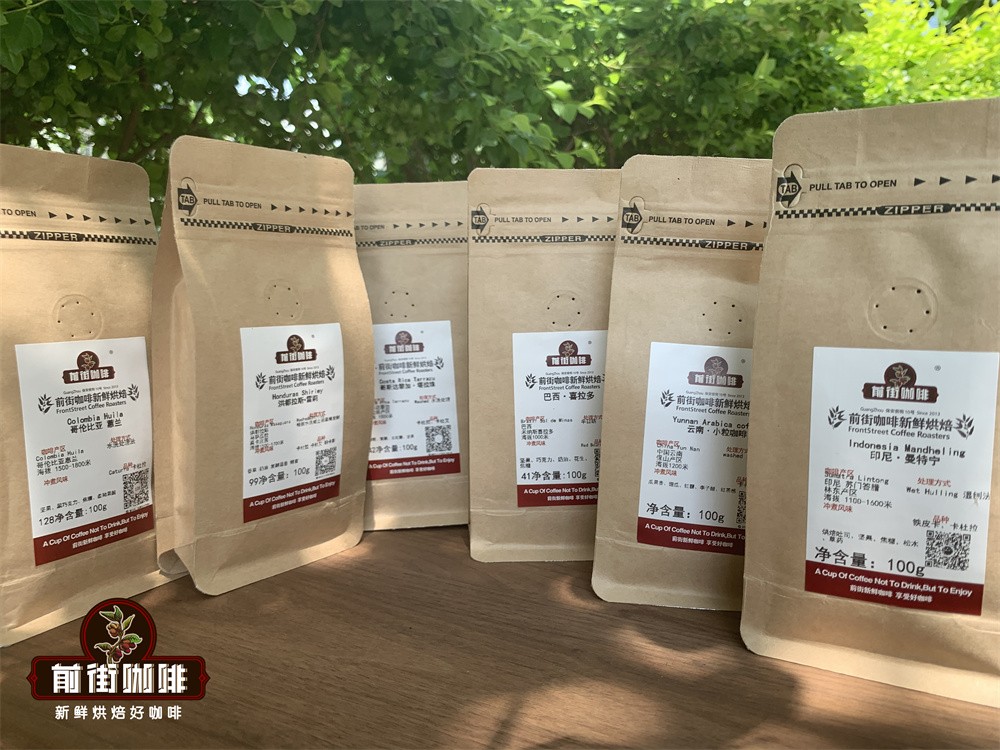
The coffee in each place has its own characteristic flavor, in order to enable more coffee friends to taste the coffee flavor from all over the world, Qianjie coffee has more than five coffee beans from various producing countries in the world. it can fully meet the coffee friends' love and discussion of coffee. Of course, it doesn't matter if you don't know what flavor you like. There are nine kinds of rations beans on the front street, all of which are coffee representatives from various producing countries. such as: Ethiopia's washed Yega Chefe coffee, Panama's Pokuit rose summer coffee, Yunnan's Yunnan small-grain coffee, Colombia's Whelan coffee and so on. The performance-to-price ratio is very high, which is very suitable for coffee friends.
Professional coffee knowledge exchange more coffee bean information please follow the coffee workshop (Wechat official account cafe_style)
For more boutique coffee beans, please add private Qianjie coffee on Wechat. WeChat account: qjcoffeex
Important Notice :
前街咖啡 FrontStreet Coffee has moved to new addredd:
FrontStreet Coffee Address: 315,Donghua East Road,GuangZhou
Tel:020 38364473
- Prev
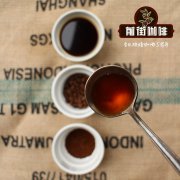
How to adjust the brewing method according to the roasting degree of coffee? How to avoid the bitter taste of deep-roasted coffee
Making a good cup of coffee means to balance many factors. In addition to the most common brewing method and the ratio of powder to water, we must also pay attention to the roasting degree of brewed coffee. You may have found a fairly stable brewing formula with a V60 filter cup, but if you make coffee with different roasting degrees, you may have to think about the adjustment of the formula. In this article, let's take a look at how to adjust the roasting degree of coffee.
- Next
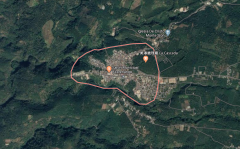
The characteristics of Akanan Fruit Coffee producing area in Guatemala introduction to the Flavor of Akanan Coffee
Akernango is located in Chimaltenango province of Guatemala, with an altitude of up to 2000 meters, dense shade and unique ecology. It is one of the highest altitude coffee beans in Guatemala. More than 5000 hectares of coffee farms have fertile volcanoes, mainly located in two major volcanic mountains, and almost all of them have forests and shade trees, and almost all of the estates are covered and planted, and the main variety is bourbo.
Related
- Beginners will see the "Coffee pull flower" guide!
- What is the difference between ice blog purified milk and ordinary milk coffee?
- Why is the Philippines the largest producer of crops in Liberia?
- For coffee extraction, should the fine powder be retained?
- How does extracted espresso fill pressed powder? How much strength does it take to press the powder?
- How to make jasmine cold extract coffee? Is the jasmine + latte good?
- Will this little toy really make the coffee taste better? How does Lily Drip affect coffee extraction?
- Will the action of slapping the filter cup also affect coffee extraction?
- What's the difference between powder-to-water ratio and powder-to-liquid ratio?
- What is the Ethiopian local species? What does it have to do with Heirloom native species?

